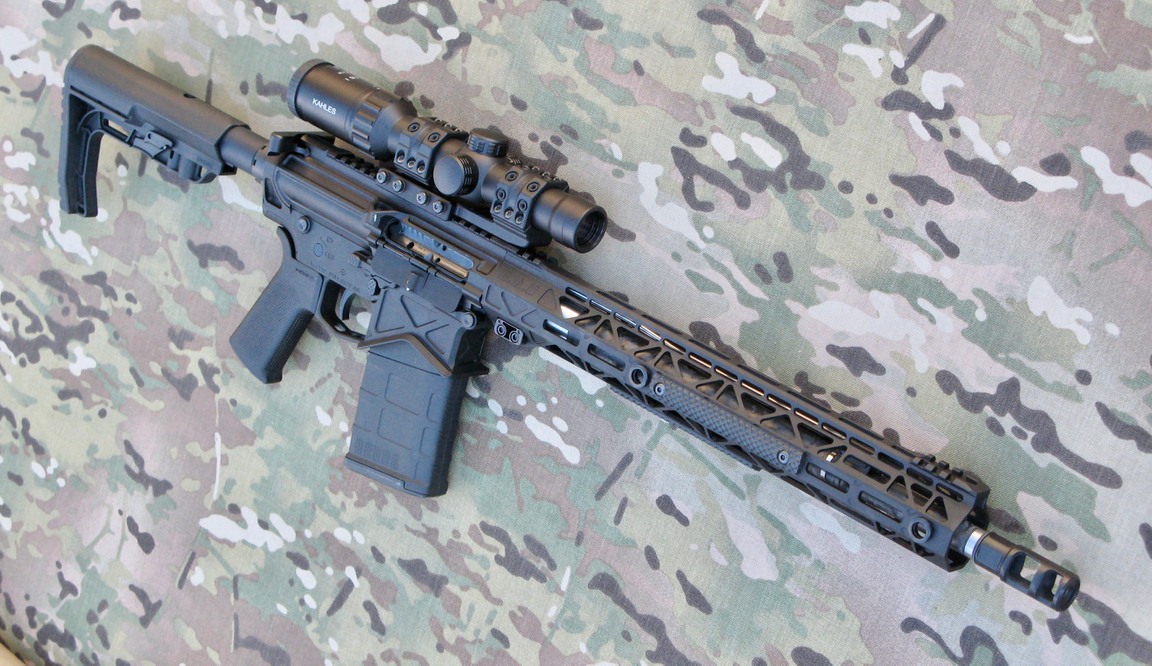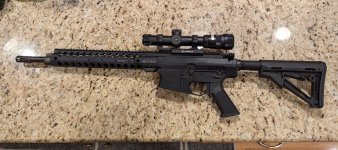HI. I'm going to be buying a receiver set for a lightweight AR10 build I'm doing next Spring. The only two I'm aware of is the Vseven Harbinger, and the 2A Xanthos Lite. Do any of you have any experience with either of these receiver sets? Would you recommend them? I'm going to be using a Proof Research barrel with this build. I don't care much for the aesthetics as both look very good. Do you know of any other lightweight alternatives to these two?
2A Armament is no longer in business, NEMO bought their tooling out and put them out of business. Would that be a no-go for you? There are plenty of 2A parts still around, but I don't know if I should be worried about that being an issue.
I want the rifle to be lightweight, so I might go with 6.5 Creedmoor to make it even lighter to trek the countryside with. If you were building a lightweight AR10, which caliber/cartridge would you go for?
Any recommendations would be helpful.
2A Armament is no longer in business, NEMO bought their tooling out and put them out of business. Would that be a no-go for you? There are plenty of 2A parts still around, but I don't know if I should be worried about that being an issue.
I want the rifle to be lightweight, so I might go with 6.5 Creedmoor to make it even lighter to trek the countryside with. If you were building a lightweight AR10, which caliber/cartridge would you go for?
Any recommendations would be helpful.









